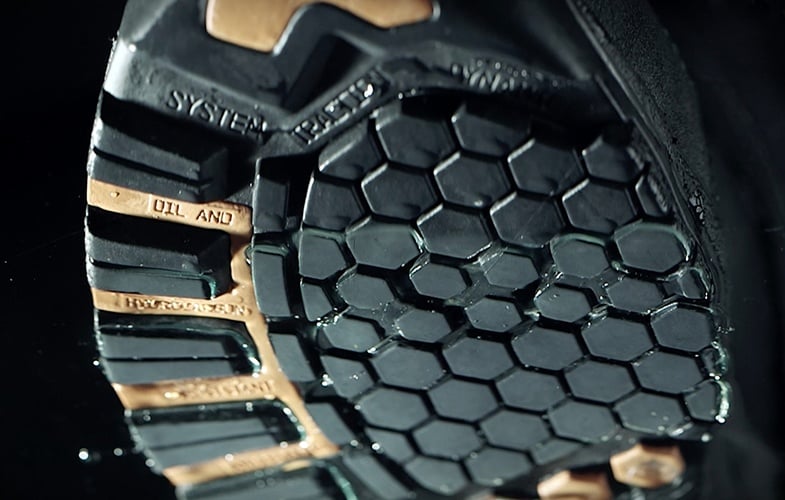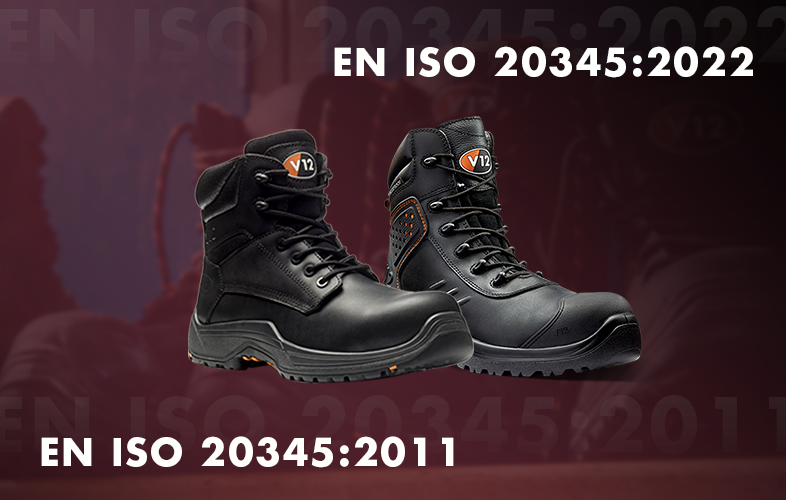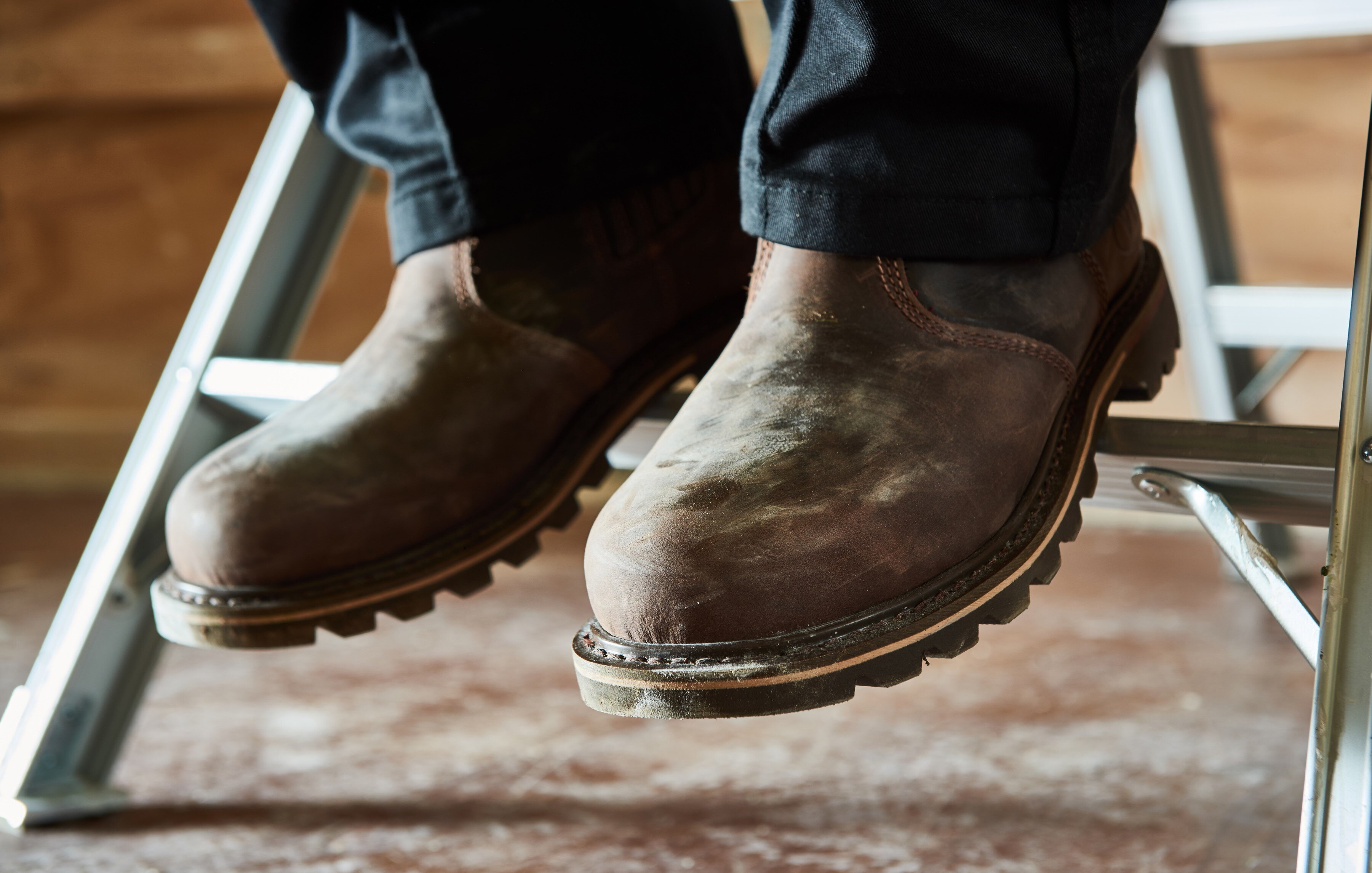Is SRC the best slip rating for the work place?
The key part of this question is ‘best for the work place’. SRC is currently the top rating for slip resistance under the EN ISO 20345:2011 standard. For footwear to meet this standard, they must pass both the SRA and SRB test.
These tests are carried out on a testing rig under laboratory conditions using two specified surfaces: SRA uses a ceramic floor tile wetted with soapy solution, while SRB involves a smooth stainless steel surface with glycerol. To pass SRC, soles tend to have a lot of surface contact and many small cleats for water dispersal.
If we take a job that involves working outdoors in loose mud or gravel, a typical SRC sole might not be the most suitable option, as they are much more prone to clog - and this reduces the slip resistance when in contact with natural loose surface, rather like a slick racing tyre. In this instance, a large cleated sole would provide much better performance. However it may only be able to get an SRA pass on a test due to the smooth surfaces it gets tested on and because it has less surface contact generally than an SRC.These tests provide useful comparative data, but do not tell you how the shoes will perform in your particular workplace on your work surfaces with any contaminants that you could encounter.
IMPORTANT - SAFETY STANDARDS ARE CHANGING
After being in place for over a decade, the EN ISO 20345: 2011 safety standards for footwear are being updated. The changes being introduced affect a number of the requirements for safety footwear as well as the testing methods used, and will come under EN ISO 20345: 2022. And one of the biggest changes is around slip-resistance.
What's new with slip-resistance?
Changes to markings:
The old slip-resistance markings of SRA, SRB and SRC no longer exist in the new standards. The reasoning behind this is because slip-resistance is such a crucial and almost universal feature of general safety footwear, it is now considered mandatory and so will not carry a mark.
So while your current safety boots will very likely still have the old SRA, SRB or SRC slip codes on them, as more safety footwear undergoes the new testing, these marking will stop appearing - but this doesn't mean they haven't undergone slip testing.
Note: There is an option for manufacturers to carry out an additional slip test on their safety footwear, which if passed will carry the symbol SR.
Changes to testing:
Under the new EN ISO 20345: 2022 standards, slip-resistance testing will no longer feature a steel surface - both the mandatory and optional SR tests will be conducted on a ceramic tile surface. However, the contaminant solutions will differ:
- The mandatory test will use sodium lauryl sulphate for its lubricant
- The optional SR slip test will use glycerine for its lubricant
An additional change to the slip resistance test method is the area of the footwear - rather than the flat of the boot, it's now the heel and forepart which is tested.
Want to know more about the new safety standards? Head to our blog here and find out how the changes could affect you.
So how DO I get the best footwear for the work place?
The only way to really qualify footwear performance for a specific workplace application is through means of a wearer trial. Through our trial process we are able to get feedback from the wearers on how the sole performs in the real environment whilst going through the human gait cycle. The current test only tests on smooth surfaces and does not replicate a human gait cycle.
HSE make the following recommendation:
‘Consider asking your supplier to provide trial pairs to help you make the right choice, and do not select footwear on the basis of brochure descriptions or laboratory test results alone.’
‘Footwear trials should involve a representative sample of the workforce and last long enough to produce meaningful results. Remember – workers may not wear footwear if it is uncomfortable or impractical, no matter how effective it is.’



.png)
